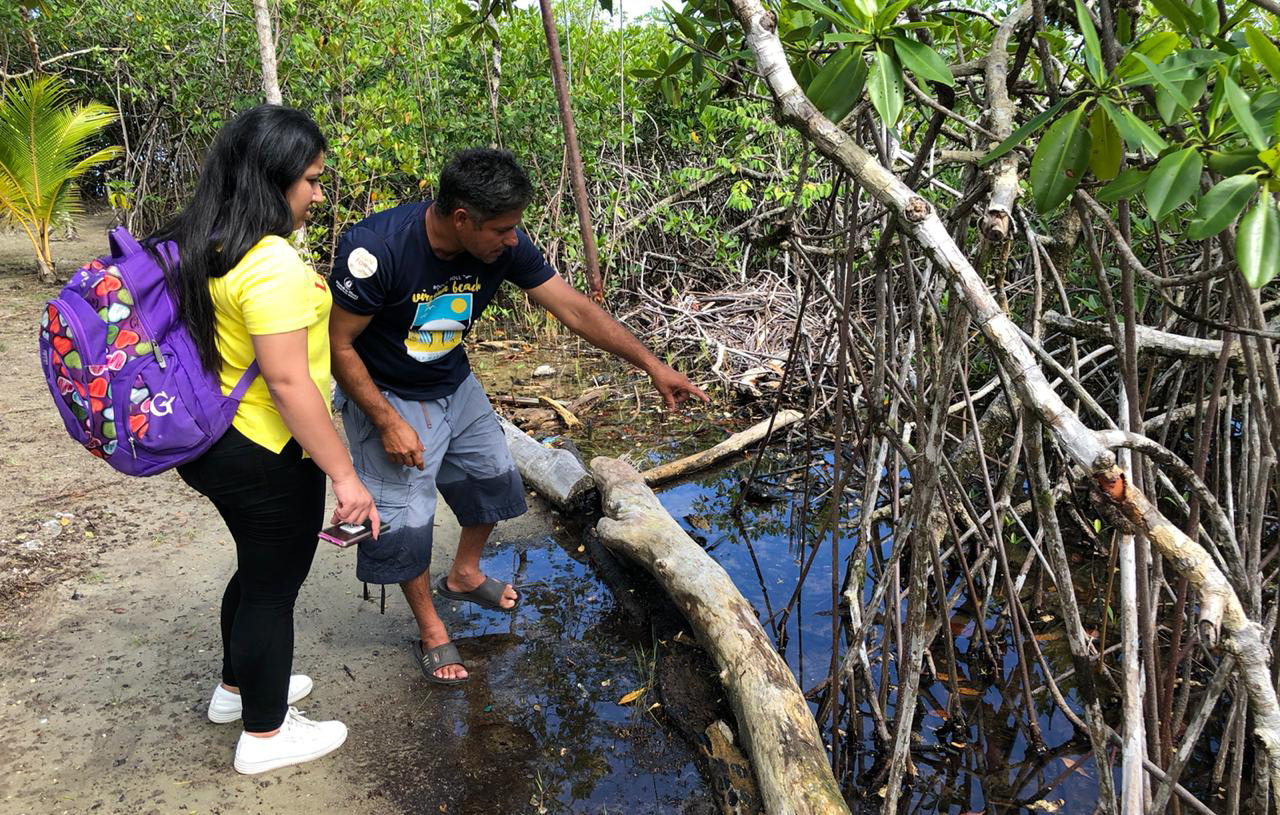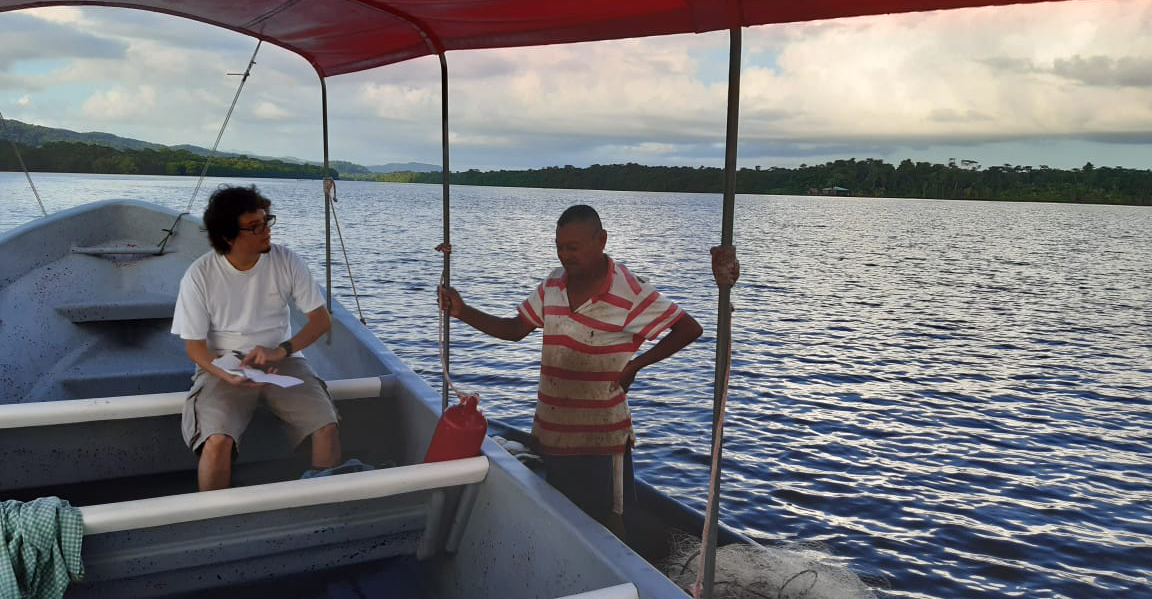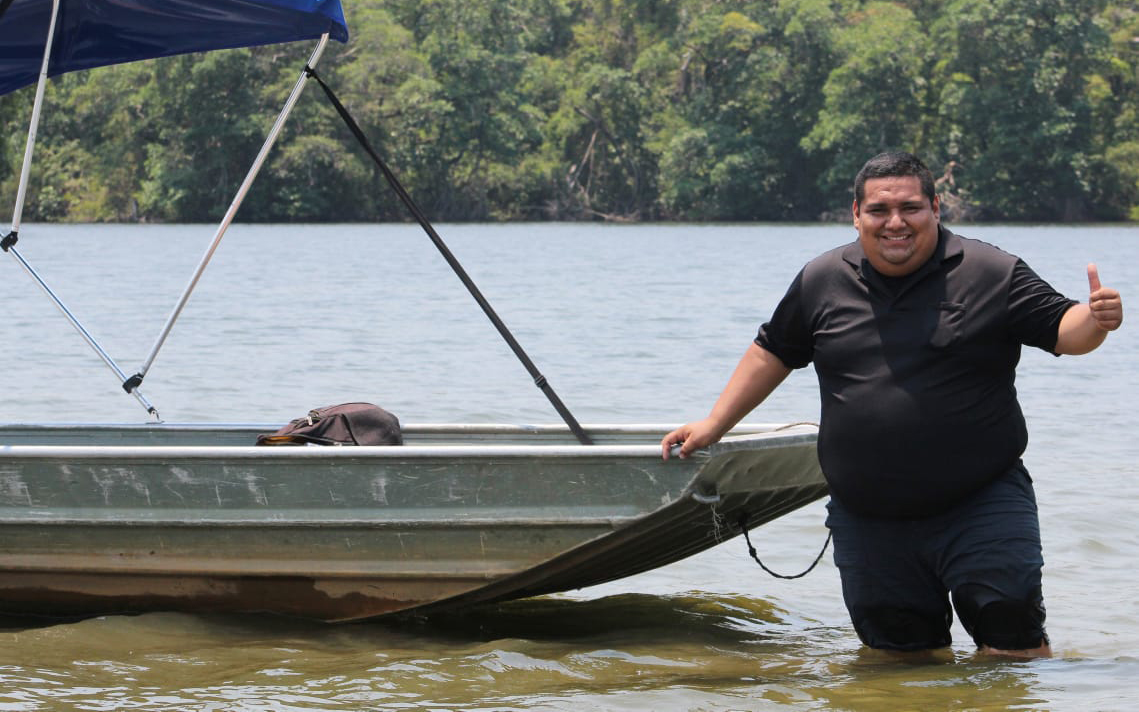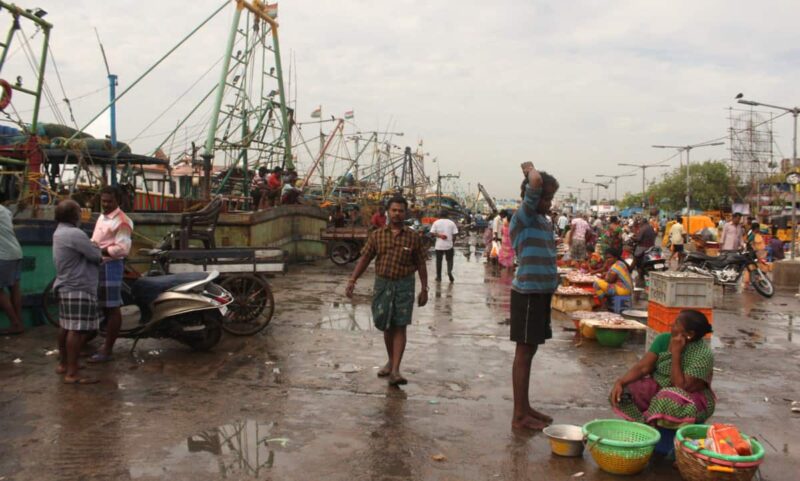It has been a banner year for story-telling at the Earth Journalism Network. In 2019 we supported the production of close to 700 stories around the world, including many investigative reports on a wide range of environmental issues, and several that won prestigious awards and prizes. Here’s a quick look at some of the story-telling highlights from our projects this year.
EJN grantees expose illegal wildlife trafficking in Europe
Through our Investigating Wildlife Trafficking project, EJN has provided 13 journalists with funding to report on Europe’s role — as a source, conduit and market — in the under-reported illegal wildlife trade. The most recent story, on seahorse poaching in Italy, came out just this week in the Guardian.
Among the stories published so far are exposés of illegal tiger farms in the Czech Republic; songbird smuggling from Italy to Malta; the poaching of sturgeons in Romania and Bulgaria; the black market for parrot eggs smuggled to Europe from the Amazon; and how traffickers use the world’s largest reptile market to sell protected species.
Others investigations, all carried out with the support of the Oak Foundation, have looked at what authorities are doing to enforce the law, including the use of sniffer dogs to detect wildlife products and new forensic techniques for solving wildlife crimes. A data-driven story making use of the #WildEye map, which this project also funded, focused on the ecological impacts of the illegal trade of critically-endangered European eels.
These stories have appeared in prestigious media outlets — including The Guardian, the Los Angeles Times, National Geographic, Der Spiegel Online and BBC Future — and so have reached a large combined audience.
With 17 stories published so far, we can look forward to another six in the coming months. They will include the illegal trade in birds-of-prey and the role of online markets for illegal wildlife products. There are also some investigations that are too hot to talk about in advance so please check back in the new year to see what our brilliant group of grantees produce next.
Stories from the Mesoamerican Reef to surface soon

Ten journalists from the Mesoamerican Reef region hailing from Mexico, Guatemala, Belize and Honduras were selected in September to become part of the Mesoamerican Reef Reporting Project, which aims to raise awareness among people in all four countries, and elsewhere, about the importance of the marine treasure they share.
While some of these journalists have experience reporting on the environment, they typically lack the economic support needed to travel to remote areas where they can witness firsthand the events and activities threatening the Mesoamerican Reef System, the world’s second longest.
Thanks to funding from the Summit Foundation and the Mesoamerican Reef Fund (MAR Fund), these grants give journalists in the region the opportunity to expand their reporting and tell stories made more relevant and compelling through the use of data and personal stories told by locals.
The stories are just starting to come together, so in the meantime, we’ve reached out and asked them to describe in their own words what this grant has meant for them.

“Environmental issues are a forgotten topic in Guatemalan journalism. Although there are efforts to include these topics in the journalistic agenda, their depth is usually not enough. That is why the support received from EJN and the MAR Fund is a great push to report on the threats that some ecosystems are having. Before requesting this economic support, my knowledge about mangroves was scarce. But after I carried out the research, I realized the importance they have for marine life and to filter pollutants from water and air. Now I can share this acquired knowledge with the audiences of the media outlet where I work.” – Francelia Solano, Guatemalan journalist at Nómada

“The support provided by EJN and the MAR Fund has been very important in order to produce a story that can influence the way in which fishing is handled in the Bay of Amatique and around the Mesoamerican Reef, so authorities can do something before it is too late … We hope that reports of this kind can produce a change in the way the government addresses environmental issues, with the purpose of saving the marine ecosystems … located in Guatemala.” – Owaldo Hernández, Guatemalan journalist at No-Ficción

“The grant I received to write about the Mesoamerican Reef was very useful. It strengthened my independence to make the journalistic field work and it is also motivating to know that the stories produced will transcend borders … At a personal level, I hope to continue as an EJN ally. Honduras is a country with more than 90 protected areas but unfortunately [one] with many incidents [such as overfishing, mangrove deforestation and plastic pollution] and a population that needs to be empowered on environmental issues.” – Josué Quintana, Honduran journalist at La Tribuna
Bay of Bengal project explores human resilience in the face of climate change
Our Bay of Bengal project, which focuses on boosting climate justice and resilience in coastal areas along eastern India and western Bangladesh, has produced at least 182 stories over the last year. With financing from the Climate Justice Resilience Fund, EJN awarded 13 story grants in 2019 – four to journalists from Bangladesh and nine from India — supporting a range of both local and national media outlets covering television, radio and print.
One series published recently in Mongabay India by grantee Bhanu Sridharan exposed India’s links to shark fishing by looking at traditional fishing communities and their role in conservation. It also explored why government efforts to formulate a plan to manage shark fisheries has stalled. Grantee Nidhi Jamwal – who recently received a senior freelance environmental journalist award from Indian Himalayas Climate Adaptation Programme – looked at the fishers lost during Cyclone Ockhi and how that disaster has pushed the government to develop devices and communication systems that can better protect fishers from extreme weather. A graphically rich set of stories in IndiaSpend by grantee Mahima Jain looked at how disaster rehabilitation and assistance overlooks India’s most vulnerable and why it shouldn’t.
An eight-part radio report from grantee Monika Gulati dives into life among several fishing communities in the coastal state of Andhra Pradesh. With each part she looks at how fishers are responding to challengess such as water pollution, a seasonal fishing ban and environmental health hazards and also how they’re finding ways to adapt.
Other grantees travelled to sinking islands in the Sundarbans region to report how communities are grappling with sea-level rise. In looking at how people were responding to these problems, reporters also explored solutions, such as efforts by researchers to restore fish habitats through artificial reefs and a female-led adaptive farming method helping families struggling with salt water inundation in their soil.
We look forward to supporting even more stories through the program in 2020.
Stories out of the Asia-Pacific generate a buzz around a range of issues
Our Asia-Pacific project in 2019 delivered 66 grants to individual journalists to produce stories focused on under-reported socio-environmental issues. Across the whole program, we supported the production of around 462 stories both through direct grants and also through our media grantees.
With the launch of EJN’s new website, we also put out two special reporting series, Belt Watch, which investigates the environmental impacts of China’s multi-trillion dollar infrastructure-driven Belt and Road Initiative, and the Illegal Pangolin Trade, which examines the factors driving the trafficking of pangolins in multiple countries and threatening them with extinction.
Some of these stories have created quite a buzz in the region. On pangolin trafficking, for example, the story “Scales of Survivor” by Wang Yan, was published in English and Chinese languages in the China Newsweek magazine and circulated widely via WeChat. Based on WeChat readership data, Wang Yan’s story was the third most read story (with 380,000 pageviews) in the week the online story was published via the online platform Soho.
Among some highlights from our story grantees, reporter Karoline Kan wrote two stories juxtaposing intensive coffee cultivation in two regions, one in China and one in Vietnam, and investigated how coffee farmers are being impacted by irregular weather patterns linked to climate change.
Mariejo S. Ramos from the Philippines investigated the environmental impacts of the ambitious New Clark City (NCC) development project located at the Clark Special Freeport Zone in Capas and Bamban in the northern Philippines. While touted as the country’s first “climate change resilient” city, Ramos reported on how NCC is threatening the livelihoods and homes of an estimated 15,000 local farmers and 20,000 Aeta and Abeling indigenous people.
And two grantees from Indonesia used their grants to expose the impact of mining and palm oil expansion on an island in the far east of the country, which tends to gets less media coverage due to its distance from the capital, Jakarta.
Several grantees from our climate change and health story grants have also completed their stories. In particular, Jhesset O. Enano in the Philippines and K. Rajendra in southwest India both produced stories looking at a topic rarely covered in the mainstream media – the intersection between climate change-related extreme weather and mental health.
In addition to the special reports and story grants, we continue to work with journalists to produce stories for our regional GeoJournalism websites. Here are some highlights:
- The Nepali Times and The Third Pole published a five-part series documenting the environmental and economic changes transforming the Karnali River system and the challenges people living near its banks are facing. The story, produced by EJN South Asia Content Coordinator Ramesh Bhushal and photographer Nabin Baral, was the result of a 1,100-kilometer expedition they embarked on together with a team of scientists, from the source of the Karnali River in southwest Tibet to its confluence with the Ganga River in India. The stories have since been widely circulated across South Asia and reposted by other media, including First Post, an online publication in India with millions of followers on social media. Radio Free Asia in Washington D.C. interviewed Bhushal about his journey for a report broadcast through its Tibetan language service and the Nepal-based Antenna Foundation, an independent media development organization, broadcast an interview to several local radio stations across the country. In addition, seven of Ramesh’s photographs were exhibited at a photography exhibition – “The Karnali – Photos from the Sacred River Corridor” held in Kathmandu, from 16 – 22 March, which was attended by than 3,000 people.
- More recently, in November a two-part story on Mekong Eye investigates Thailand’s lack of political will to address the worsening air pollution problem. The story was picked up by the Bangkok Post, which gave it full-page coverage, while its online version generated many comments from readers. A Thai version of the story was also published on Manager Online.
Learn more about our newest projects and see what’s in store for EJN in 2020.
(Banner photo: Shark fishmarket. Credit: Bhanu Sridharan
